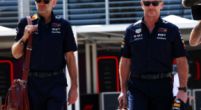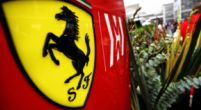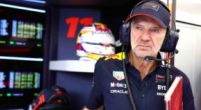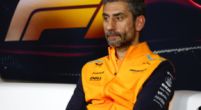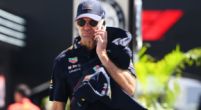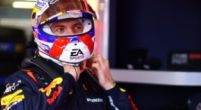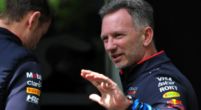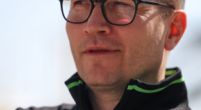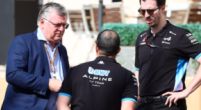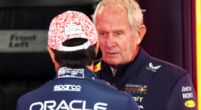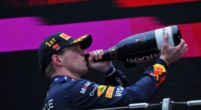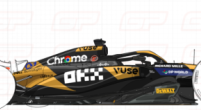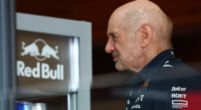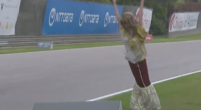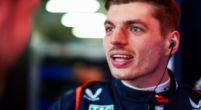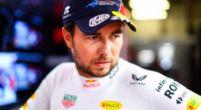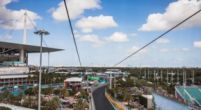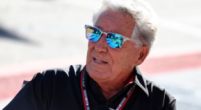Tech
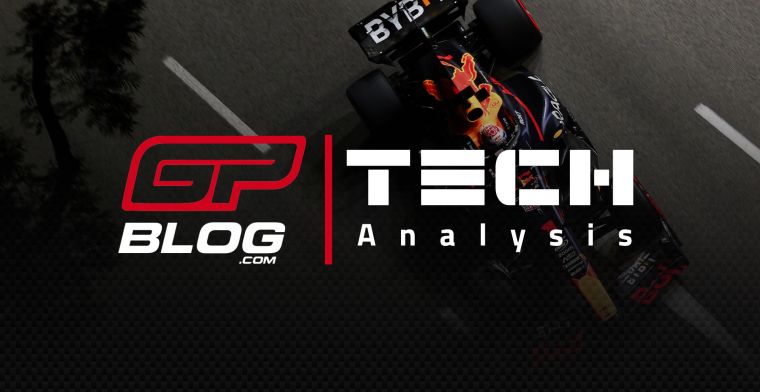
F1 tech analysis | This is how Verstappen and Red Bull won the title
Even before the weekend started, everyone in the paddock was aware of the fact that Max Verstappen could have become a World Champion for the third time during the Sprint on Saturday, and he fulfilled the expectations. With 13 victories out of 16 rounds, the Dutch driver really managed to make a difference compared to his teammate, driving the stellar RB19 at the highest level possible.
Not only in qualifying but especially during the race, where Verstappen's ability to manage tyres, brakes and all other aspects came out on top. For this reason, here below, we provide a deeper analysis of which technical solutions made the RB19 so unbeatable in Verstappen’s hands.
Not a single "big bullet", but many good solutions combined
First of all, it’s important to point out that there isn’t a “single innovative solution” that made the RB19 such a fast car, but there are many aspects of the package that contributed to making Red Bull’s car the quickest in every condition and situation. This is matched with Verstappen’s ability to drive it to the limit, also when the gap to the competitors was not so big (like in Monaco, for example). In the drawing here, we decided to highlight 4 elements of the RB19 that made the difference in the overall performance: the front and rear suspensions (1-2), the 3D modelled floor (3) and the high DRS efficiency (4). We’ll dive deep into each of these elements below in the article.

1. Front and Rear Suspension (1/2)
The ground-effect cars are well known for their ability to generate downforce using the Venturi channels, and this phenomenon increases the lower the ride height. However, to reach this goal, the aerodynamic platform must be matched with a good suspension system, which is crucial to keep the car's ride height as steady as possible, regardless of bumps, kerbs or broken asphalt. Then it is able to always produce a good amount of downforce in every condition. This is exactly what Adrian Newey’s technical department managed to get from the RB19, a car with a great chassis and a solid aero-mechanical platform that can run at super low heights without damaging the components and thus getting a lot of downforce out of the Venturi channels.
For what concerns the rear suspension, Red Bull adopts a push-rod suspension system that allows them to have the mounting bracket much further up and free a lot of space just above the diffuser. This enables air to go through and increase the downforce produced by the rear wing and the diffuser. Moreover, the rear leg of the upper wishbone is now linked directly to the mono-phylon support of the rear wing, not only for aerodynamic reasons but because this solution should reduce rolling and pitching (horizontal and frontal oscillations generated when the car is going through a fast corner), making the car more stable and thus allowing the Venturi channels to always produce the optimal amount of downforce in every condition (orange lines and arrow). Another aspect of the rear suspension is that the front leg of the lower wishbone is now attached further forward than in the RB18, mainly for aerodynamic reasons, probably to better manage the flow towards the beam wing (blue arrows).
The whole rear suspension has worked beautifully, with Red Bull giving no signs of porpoising or bouncing at every circuit, meaning that this mechanical solution allows them to run the car stiffer and closer to the ground, with no particular problems.

Red Bull adopts a pull-rod suspension (the only team together with McLaren), which is representative of the studies and research done in Milton Keynes. The RB19 has a longer wheelbase than last year’s car RB18 and, to get this result, engineers made some changes to the suspension system, pushing the wishbones forward, also for aerodynamic reasons. This puts the front tyres away from the Venturi inlets, changing the way the tyres’ turbulence interacts with the car and making the flow as steady as possible underneath the floor. This extracts maximum downforce. Moreover, the front leg of the upper wishbone has been swept rearwards (blue line) to improve the mechanical behaviour of the car with the newly introduced Pirelli front tyres (for 2023), designed to give drivers more grip on the front axle. Between the front and rear leg of the upper wishbone, there’s now a lot of “anti-dive” (yellow line): this solution has the goal of reducing pitch and load transfer on the front axle under braking, providing a more stable car on the circuit with high braking zones; this shape pushes the steady and linear flow towards the Venturi inlets.

This front suspension design has a huge impact on the ride height as well: this year, we’ve seen Red Bull managing to run very low at the front of the Venturi to reduce pressure under the floor as much as possible and generate downforce (the lower the pressure is, the faster is the airflow, which translates in more vertical load), making the RB19 an absolute monster car in all high-speed sections of the calendar.
2. The "3D modeled" floor
During the 2023 season, we’ve always seen Red Bull being able to produce a lot of downforce from the underfloor, which doesn’t affect drag too much, but we’ll try to have a closer look at how this downforce is generated. First of all, in the drawing below, it’s important to underline the crucial function of the so-called “floor fences”. These three big aerodynamic elements have the main function of pushing as much air outside of the car as possible, in order to improve the flow that is pushing towards the tunnels and the diffuser.
In fact, the floor fences play a vital role in preventing air turbulence from interfering with the airflow designated to generate vertical load (blue arrows). The last element of the three has a metallic vortex generator: the main goal is to produce a little vortex and make sure this spreads along the whole floor edge length to be able to seal off the floor from the air and gusts of wind coming from outside the tunnels, to keep the flow inside as steady as possible (red arrows). In fact, the floor edge shows a small selection of turbulators, that are mainly designed to push turbulence away and help to manage the airflow around the rear tyres, whose behaviour in fast corners massively affects the aerodynamics around the diffuser. Moreover, Sergio Perez’s crash in Monaco showed off all the secrets hidden under the floor: the underneath of the RB19, in fact, shows a 3D tunnel design, with the main keel having a series of “reverted edges” all through its length, to improve the quality of the flow directed towards the rear diffuser. The channels themselves have a very complex geometry to create vortices and to keep them “alive” all along towards the diffuser because they create a massive pressure drop, resulting in even lower pressure and higher air speed.

All these aerodynamic solutions made the RB19 the best car on the grid in terms of downforce generated by the ground effect, and this aspect helped them on some tracks where they could use lower downforce rear wings than their competitors without worrying about aerodynamic instability and lack of downforce.
3. The DRS efficiency
Finally, the last aspect we’d like to get into is the RB19 super DRS efficiency: already since last year, Red Bull seemed to have the edge over their competitors when the DRS opened, but this year seems like that gap has stretched out. The aspect behind their great top speed is related to the different flow management whether the DRS is closed or open. When the DRS is normally closed, air flows towards the end of the diffuser, beam wing and rear wing in order to generate downforce (left section of the drawing).
However, as the DRS is opened, the diffuser and the beam wing shed part of their downforce (and therefore drag) to increase the top speed, making the car gain even 20/25 kph to the car in front. Another aspect that contributes to making this system work is the fact that Red Bull’s car has a very aerodynamically efficient rear wing that produces a lot of downforce at the cost of low drag and, when the DRS opens, is able to be very slippery through the air, resulting in an “extra boost” and little impact in the straights.

In conclusion, all these technical innovations, matched with Verstappen extreme ability and talent to drive this car, made Red Bull capable of winning almost all the races this year and showing a level of dominance which has rarely been seen in the past. This scenario makes Verstappen the favourite also for 2024 and 2025, seeing how big is the technical and know-how gap the team has to their competitors. Anyway, nothing is taken for granted because teams and Cost Cap could come into play starting from next year.

